Recently at a speaking engagement, I was asked what quilt batting I used. My favorites are Thermore for hand quilting and Quilters’ Dream Request Cotton or Wool for machine quilting. The person followed up with do use always use a thin batt. My answer was it was my preference. The better answer came to me about a week to late...
Thin batting is my preference because thin batting make my stitches look better. The improved stitch quality was something that I noticed on my own years ago. Stitch quality is something that as a Certified Quilt Judge that I look for in others quilts. While there are many characteristics to stitch quality, one of the most common is consistent stitch length. Whether you are machine quilting or hand quality, having a consistent stitch length adds to the visual appeal. I have found having a thick batt makes it more difficult to keep a consistent small stitch. Another feature of stitch quality is having the stitches align. While those babbles that happen are typically from moving your hands while machine quilting, or using a bent needle while hand quilting, having a thick batting also makes keeping the stitches aligned more difficult (in my experience).
I am looking for a quilt batt that helps my stitches look their best as opposed to a fluffy quilt to snuggle under. This is my preference, and my experience. If you are looking to improve your stitch quality, you may want to try a thinner batt.
Thin batting is my preference because thin batting make my stitches look better. The improved stitch quality was something that I noticed on my own years ago. Stitch quality is something that as a Certified Quilt Judge that I look for in others quilts. While there are many characteristics to stitch quality, one of the most common is consistent stitch length. Whether you are machine quilting or hand quality, having a consistent stitch length adds to the visual appeal. I have found having a thick batt makes it more difficult to keep a consistent small stitch. Another feature of stitch quality is having the stitches align. While those babbles that happen are typically from moving your hands while machine quilting, or using a bent needle while hand quilting, having a thick batting also makes keeping the stitches aligned more difficult (in my experience).
I am looking for a quilt batt that helps my stitches look their best as opposed to a fluffy quilt to snuggle under. This is my preference, and my experience. If you are looking to improve your stitch quality, you may want to try a thinner batt.
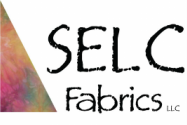
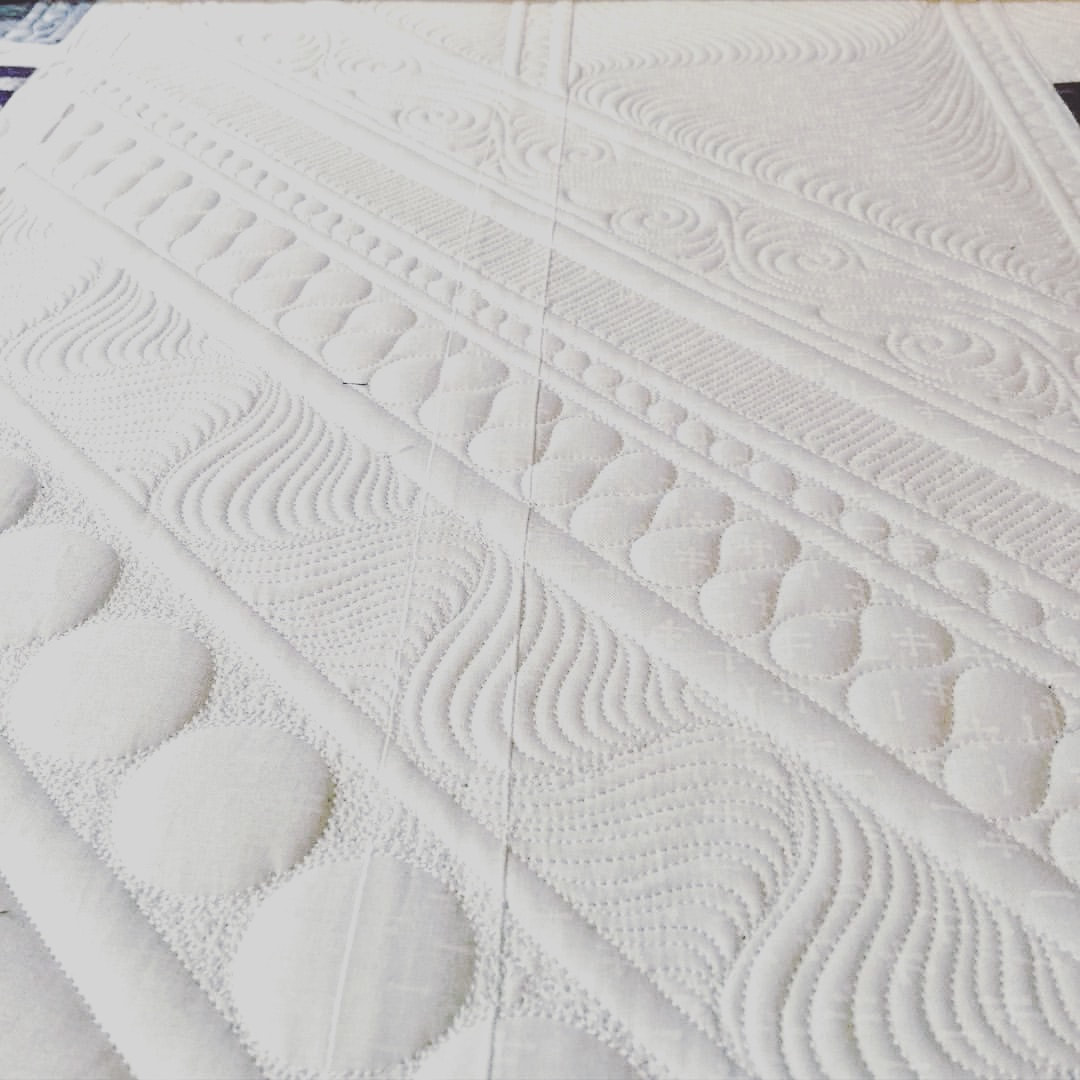
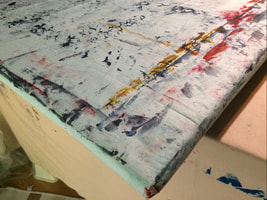
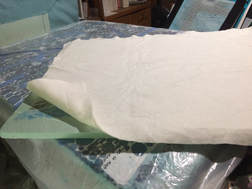
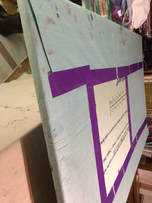
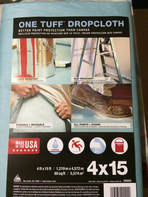
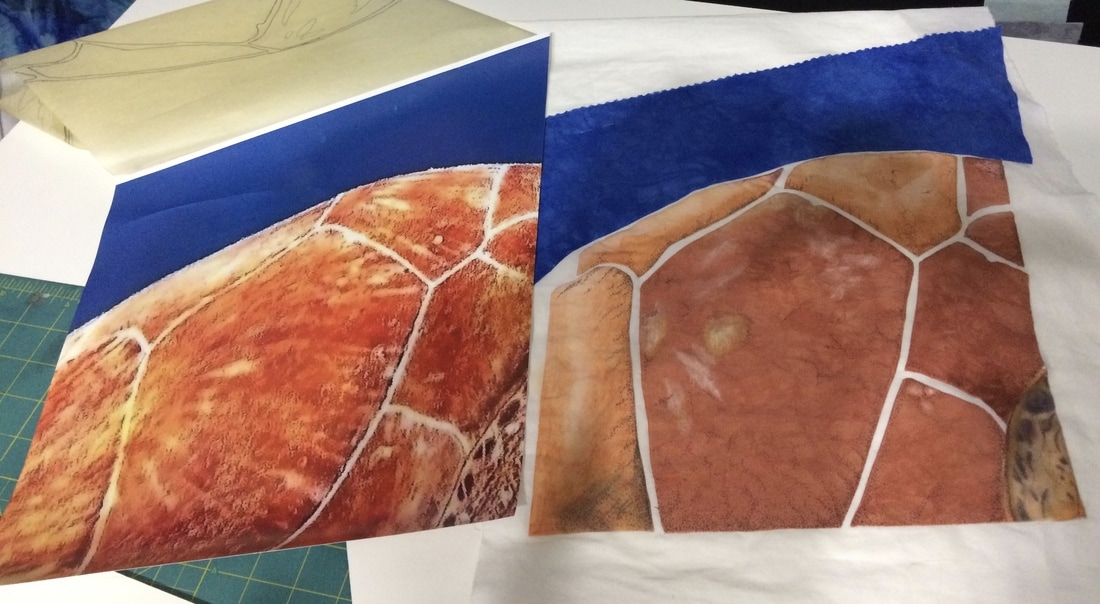
 RSS Feed
RSS Feed